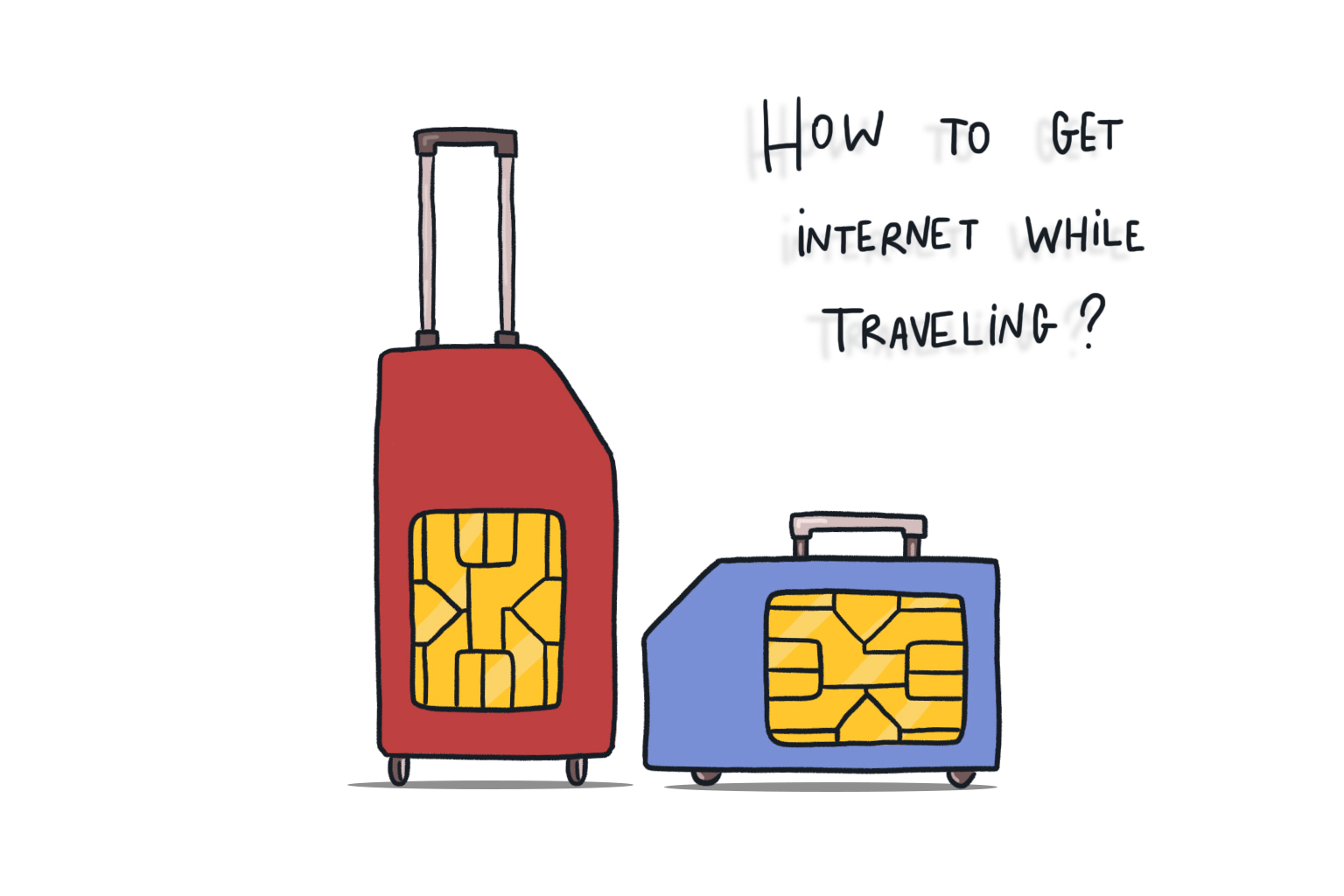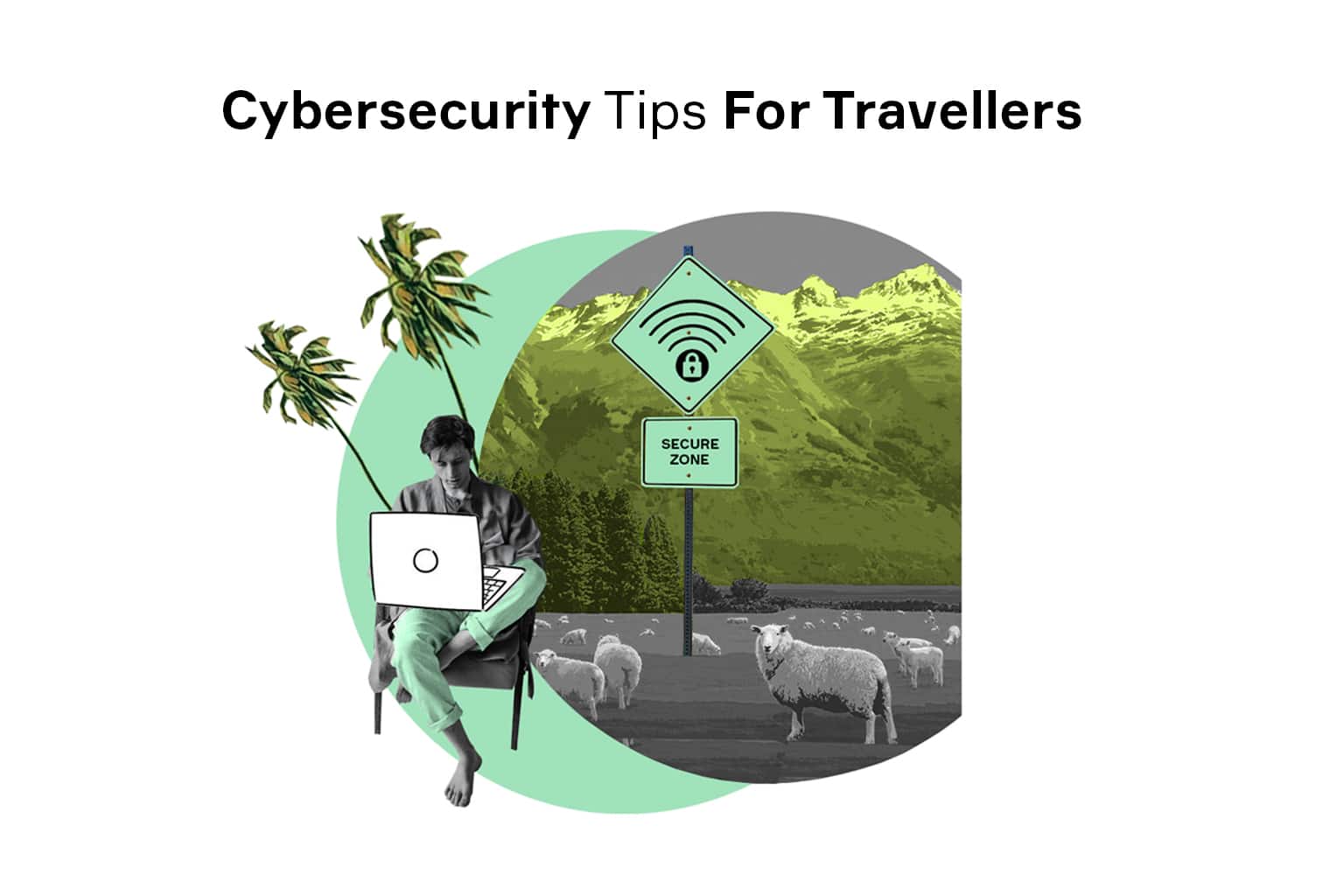
The advancements in communication technology have bridged the gap between work and travel. In fact, the growing affordability of mobile Internet gave rise to a novel lifestyle that aims to combine the two. Here is everything you need to know to stay connected and productive while traveling.
Digital Nomad: The New Class of Workers
The Internet has become such an integral part of the modern world that entire cultures are now built upon it. One such culture is the phenomenon of a digital nomad – a person who depends on Internet service for work. The nomadic lifestyle can be organized in a variety of ways and may or may not involve frequent travel. Digital nomads commonly go online from:
- Co-working spaces
- Public access points
- Recreational vehicles
- Free WiFi in coffee shops
Naturally, digital nomads who earn their living online cannot depend on free options and use equipment like hotspot WiFi devices to stay connected. However, even with your own access point, there are many things you need to keep in mind to make your traveling experience enjoyable.
How to be Connected Everywhere: Key Considerations

Understand Your Needs
Digital nomads access the Internet for different reasons – both professional and recreational:
- VOIP conferencing
- Cloud-based services
- Messaging
- Browsing
- Video streaming
Each of these tasks has its own requirements for Internet connection, with some taking up minuscule volumes of data while others draining your entire traffic allowance in a matter of hours. If you don’t want to end up stranded – understand how much data you need and find a data plan to suit you.
Create a Backup Plan
No matter how good your portable WiFi hotspot is, there’s always a chance of getting disconnected. Your ISP can let you down, or you may end up in a location without coverage – either way, you are left with no means of communication. To avoid such a scenario, think of a plan B to sort things out.
The first thing that comes to mind is a standalone WiFi hotspot device with connection capabilities – preferably with the support of data plans from different carriers. This way, you can try and switch to another source of connection right away without losing valuable time. Mobile hotspot is another option. It can be set up in minutes and is already at your side (unless you are traveling without a phone) – just know that it has its limitations, so learn the difference between a hotspot and a portable modem before relying on it.
Keep Your WiFi Device Portable
Most travel gadgets are designed with autonomy in mind. For example, our portable modem works pretty much out of the box and can be configured in a matter of minutes. Still, it doesn’t mean you can simply postpone the configuration for later – after all, you never know which situation you’ll end up in.
The same goes for network configuration. Different devices handle their internet connection differently, which means yours might require some fiddling to get it running – and you wouldn’t want that during a trip. Go through all the settings in advance so you could just plug it in to be connected. Oh, and keep your WiFi device charged – or just choose one that is powered directly from the laptop.
Treat Public WiFi with Caution
Free WiFi in public spaces like airports and coffee shops used to be a great place to go online for travelers. However, as the standards of digital hygiene changed, it has gained some notoriety for being a not-quite-secure solution. To be fair, it is not nearly as threatening as some media sources choose to depict it and will probably work fine for occasional browsing. Still, managing sensitive information via a public hotspot is not a wise move, especially now that mobile Internet is quite affordable. In other words, don’t be afraid of free WiFi – just treat it for what it is and secure your communication with a VPN to stay on the safe side.
Reliable Connection with Wide Coverage Area

One thing to keep in mind while traveling is the reach of your data plan. With the Internet being essentially ubiquitous nowadays, it might be tempting to think your local SIM will work for you in any country with cellular coverage. Which it probably will – as long as you are prepared to pay the price. The truth is, roaming costs vary wildly between countries and carriers. So, to avoid unnecessary expenses, stick with mobile hotspot devices that support multiple data plans and switch to the most cost-efficient one in the region.
Also read: How to Avoid Roaming Charges and Still Get a Great Connection Abroad
Closing Thoughts
With the shift towards mobile technology, we are finally able to go online from pretty much anywhere in the world. In fact, one can now choose to relocate to the digital realm completely and adopt a truly nomadic lifestyle. Sure, it still takes some knowledge and preparation – yet once everything is set properly, you can stay connected and productive at all times wherever you are.
All illustrations are created by Lucy Ivanova, a Chief Creative Officer at nect.



